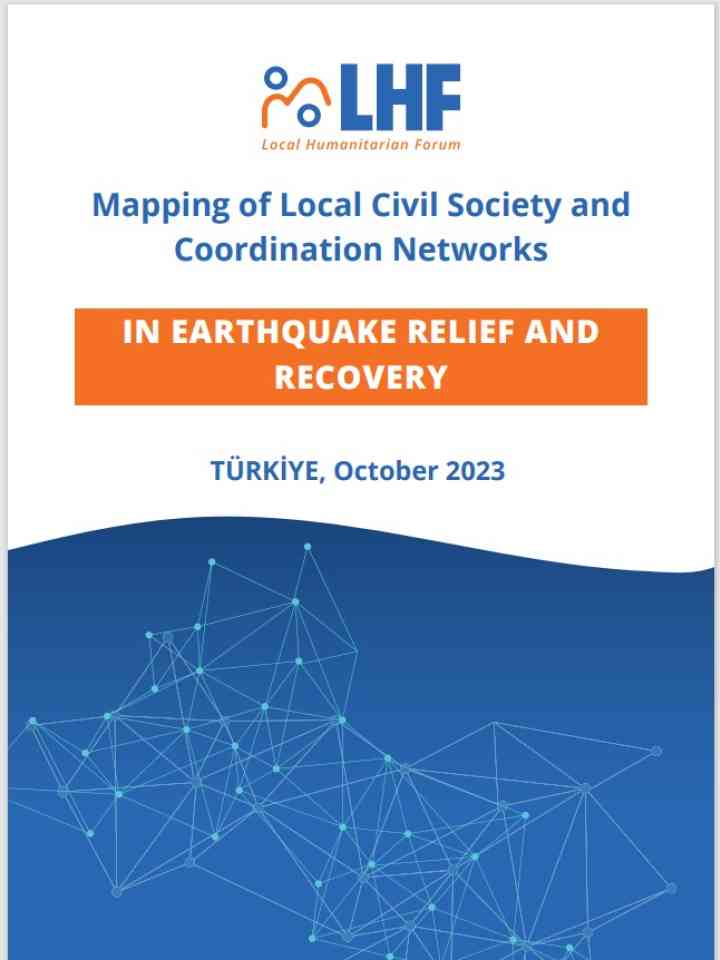Mapping of Local Civil Society and Coordination Networks in earthquake relief and recovery - Türki̇ye, October 2023
The earthquake disaster that hit Kahramanmaraş and affected 11 provinces on 6 February 2023 devastated the region at a scale never seen before. The humanitarian impact was such that the disaster mobilized the entire country in solidarity with the affected population in the region. Civil society was particularly activated with many civic groups responding in their own capacities, mobilizing their networks and resources. Government, civil society and private sector were extremely responsive in meeting the immediate acute needs. The collaboration between civil society and the private sector was unprecedented, while multinational agencies and international humanitarian actors complemeted the earthquake response.
Even though the epicenter of the two deadly earthquakes was Kahramanmaraş, Hatay was the most heavily affected. Given Antakya’s popularity for its regional cuisine and its rich religious and cultural heritage, the city gained a lot of attention in terms of aid and support in response to the disaster. The fact that Hatay was the main entry point for Syrians fleeing the war had made it a hub for the humanitarian response to the crisis in Syria. Civil society mobilized for refugee support turned their capacities and resources to support the province most heavily affected on 6 February. Kahramanmaraş, Adıyaman and Malayta as the other most affected provinces became the hub for the relief and recovery effort. Civil society and community groups in the affected provinces as well as those coming in to provide support led the earthquake response over several months.
Civil society activity in Kahramanmaraş, Adıyaman and Malayta was relatively weaker compared to Hatay, which was already a hub for the Syrian refugee response prior to the 6 February disaster. The high proportion of refugees in Hatay had attracted international aid agencies over a decade prior to the earthquake. While institutional donor funding was channeled mostly to Hatay, philanthropy at the national and community level made a relatively greater impact in Kahramanmaraş, Adıyaman and Malatya in meeting the acute humanitarian needs over the initial weeks and months where donor funding was less prominent. The speed and flexibility of philantrophy funding had a huge impact on the success of the earthquake relief effort all over the affected area.
As the initial volunteer support and philanthropy waned, local civil society continued to respond to the enormous needs on the ground using their local resources and networks, also establishing their domestic coordination mechanisms. Some linked up with the international humanitarian community to continue providing assistance over a longer period of time, while others established stronger relations with public authorities. By the end of the year, we see a wide variety of civil society organizations, civic initiatives and local community groups that are active in helping the affected region recover from the severe impact of the earthquake disaster.
Explore further
